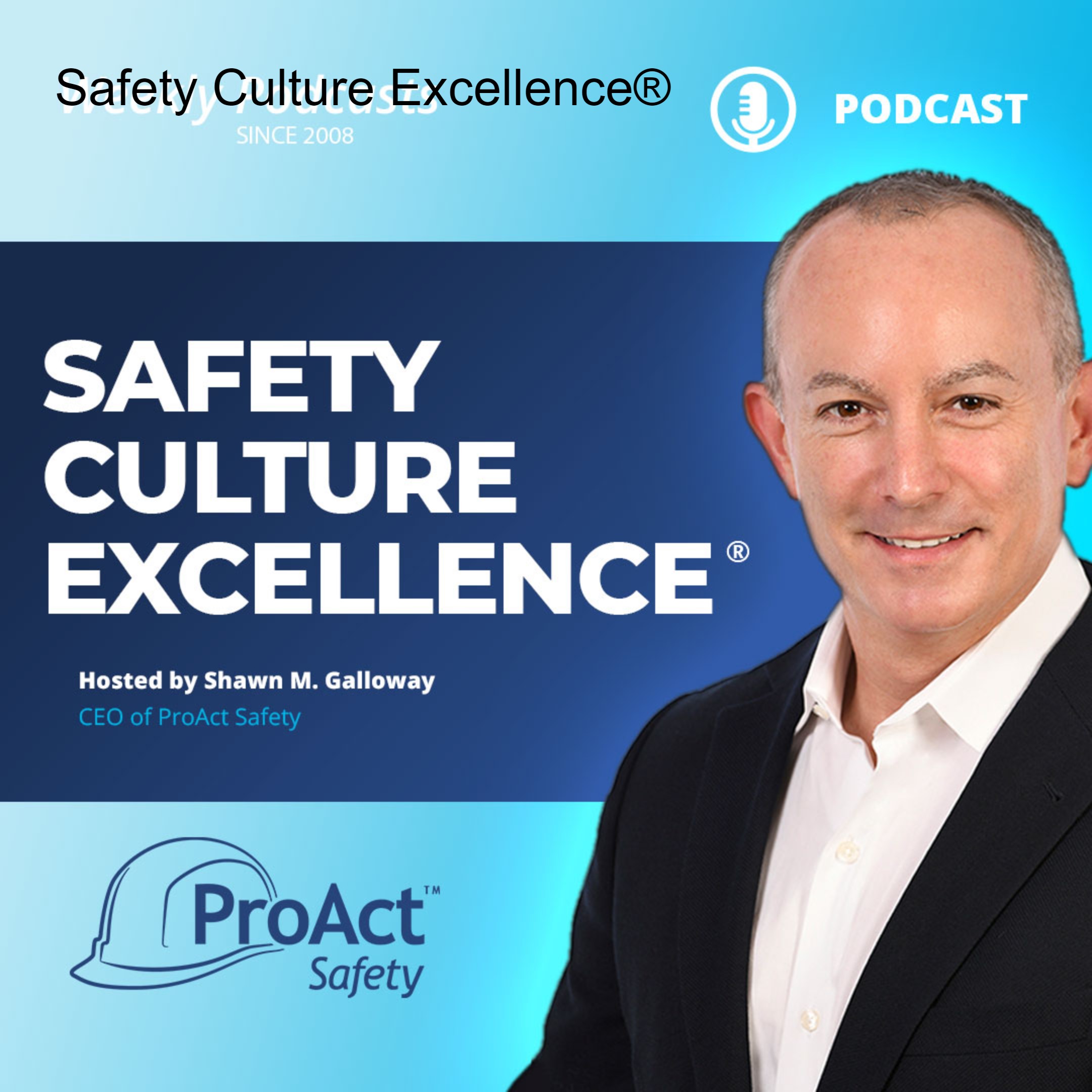
Episodes
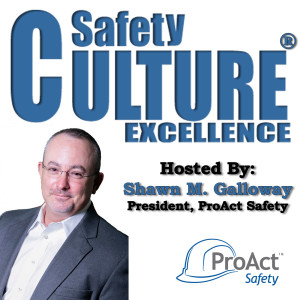
Monday Dec 10, 2018
573: Checking Off The Box
Monday Dec 10, 2018
Monday Dec 10, 2018

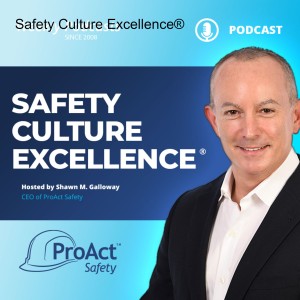
Tuesday Aug 12, 2014
STEPS to Safety Culture Excellence Workshop - October 2014
Tuesday Aug 12, 2014
Tuesday Aug 12, 2014
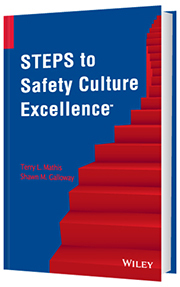
Based on the book, STEPS to Safety Culture Excellence, the authors will lead this workshop and provide a detailed roadmap on how to develop a three to five year safety excellence business plan. This two-day workshop is limited to ten participants. It would be helpful if each attendee read the book prior to the event to escalate the discovery process.

ProAct Safety® recently compiled data on over 1,100 sites that requested our help in improving safety. The commonalities of these sites' issues has led to a new approach to solving safety problems and permanently implementing continuous improvement. The approach includes organizational structure, problem identification, issue prioritization, action plan development, improvement metrics, and a motivational and marketing strategy to ensure sustainability. The process is called STEPS (Strategic Targets for Excellent Performance in SafetySM).
Objectives:
- Develop a solid understanding of a safety excellence strategy
- Learn the leading causes of safety program ineffectiveness and failure
- Examine a standard methodology used by excellent safety organizations to identify virtually any type of safety issue or problem
- Learn to use statistical tools to prioritize issues by their potential impact
- Learn to develop action plans to solve safety problems
- Explore innovative ways to measure success and progress
- Discover how one process can replace multiple programs and allow for seamless transition of focus without causing a flavor-of-the-month culture
Workshop Takeaways - Attendees will be provided with:
- Electronic Materials (Templates) to return to their organization and facilitate discussions for the creation of their unique safety excellence strategy.
- A 60-Minute Recorded High-Level Webinar outlining the key STEPS to Safety Culture Excellence methodologies. This will help convey the messages and build support and understanding for the necessary path forward. Moreover, this can also help during on-boarding of future leaders to provide an understanding of why the strategy was created, furthering the future support necessary as the organization continuously improves safety performance and culture and acquires or promotes new leadership talent.
- Access to Shawn M. Galloway or Terry L. Mathis from 8 am to 5 pm CT during the week by email and phone for one month following the workshop, to help support efforts by coaching and advising through the initial creation of the strategy. If not immediately available, calls and emails will be returned within 24 hours.
- A personalized autographed copy of the book, STEPS to Safety Culture Excellence.
For more information, visit this link.
See you there!
Shawn M. Galloway
ProAct Safety, Inc.
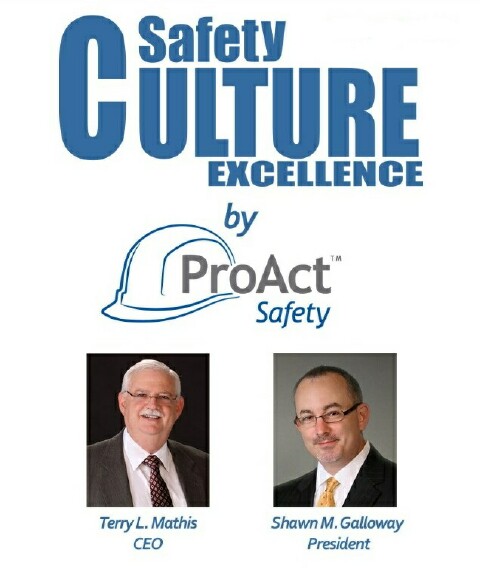
Wednesday Jul 09, 2014
Measuring Safety Culture Maturity: A Better Way
Wednesday Jul 09, 2014
Wednesday Jul 09, 2014
Forget the old ways of measuring safety culture maturity. There is a new, more effective way to measure cultural maturity and it starts with looking at the chemistry.
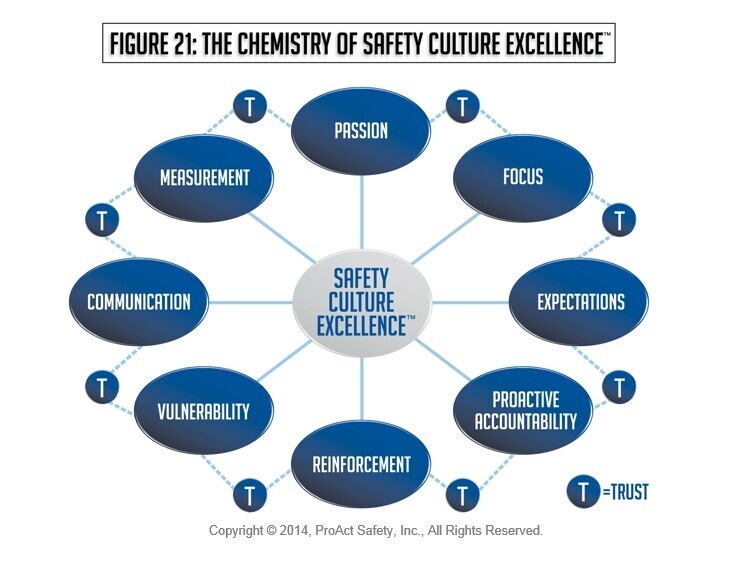
In consulting globally with many of the best in safety performance and culture, nine elements (see the picture with this post) have been identified as most important foci to establish the chemistry which facilitates the necessary climate for a culture of safety excellence to grow. Through consulting engagements and workshops, these nine elements have been successfully leveraged and measured to help organizations identify both their starting point baseline, and also to strategically prioritize which elements to focus on to advance the capabilities of their safety culture.
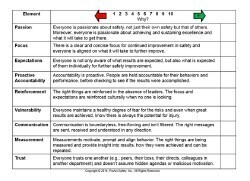
If you have read my work, participated in any of my workshops or keynote presentations or worked with me directly, you will know I work hard to always provide more take-away tools than motivational fluff. If I was able to provide the framework to facilitate the internal dialogue in article format, I would.
To assist you on your journey to safety excellence, I would like to share this tool with you. To obtain a copy for your internal use, send an email to info@proactsafety.com with the subject of Please Send Chemistry of SCE and our staff will respond at our earliest opportunity.
Cultures will always influence the beliefs and behaviors of employees and contractors as they join the group. You can either manage the chemistry, climate and culture, or the results in any area of operational performance will be managed by them. I invite you to start the conversation to strategically enhance the safety aspect of your company culture and measure your progress by contributed value, not just the lowering of injury rates.
-------------------
Shawn M. Galloway is the President and COO of ProAct Safety. He writes (and tweets:@safetyculture) about his work helping organizations in all industries to achieve and sustain excellence in their culture and performance. He resides near Houston, Texas with his wife and three children.

Monday Jun 09, 2014
340 - STEPS to Safety Culture Excellence Workshop
Monday Jun 09, 2014
Monday Jun 09, 2014
A workshop about developing and executing against a comprehensive strategy to significantly enhance injury prevention efforts and measurably evolve the culture, by the thought-leaders at ProAct Safety
Based on the recent book, STEPS to Safety Culture Excellence, the authors will lead this workshop and provide a detailed roadmap on how to develop a three to five year safety excellence business plan. This two-day workshop is limited to ten participants. It would be helpful if each attendee read the book prior to the event to escalate the discovery process.
For more information visit: http://proactsafety.com/events/steps-to-safety-culture-excellence-workshop
Shawn M. Galloway
ProAct Safety
www.ProActSafety.com
www.SafetyCultureExcellence.com

Monday Mar 31, 2014
335 – Who Should Implement Behavior Based Safety?
Monday Mar 31, 2014
Monday Mar 31, 2014
Greetings everyone, this podcast recorded while in Anchorage, Alaska. I’d like to share an article I wrote that was published March 2014 in BIC Magazine. The published article can either be found on the magazine’s website or under Insights at www.ProActSafety.com.
I hope you enjoy the podcast this week. If you would like to download or play on demand our other podcasts, please visit the ProAct Safety’s podcast website at: http://www.safetycultureexcellence.com. If you would like access to archived podcasts (older than 90 days – dating back to January 2008) please visit www.ProActSafety.com/Store. For more detailed strategies to achieve and sustain excellence in performance and culture, pick up a copy of our book, STEPS to Safety Culture Excellence - http://proactsafety.com/insights/steps-to-safety-culture-excellence
Have a great week!
Shawn M. Galloway
ProAct Safety

Monday Mar 24, 2014
334 – Misunderstanding the Role of Safety Culture Assessments
Monday Mar 24, 2014
Monday Mar 24, 2014
Greetings everyone, this podcast recorded while in my home in Texas. I’d like to share an article I wrote that was published March 2014 in Occupational Health and Safety Magazine. The published article can either be found on the magazine’s website or under Insights at www.ProActSafety.com.
I hope you enjoy the podcast this week. If you would like to download or play on demand our other podcasts, please visit the ProAct Safety’s podcast website at: http://www.safetycultureexcellence.com. If you would like access to archived podcasts (older than 90 days – dating back to January 2008) please visit www.ProActSafety.com/Store. For more detailed strategies to achieve and sustain excellence in performance and culture, pick up a copy of our book, STEPS to Safety Culture Excellence - http://proactsafety.com/insights/steps-to-safety-culture-excellence
Have a great week!
Shawn M. Galloway
ProAct Safety
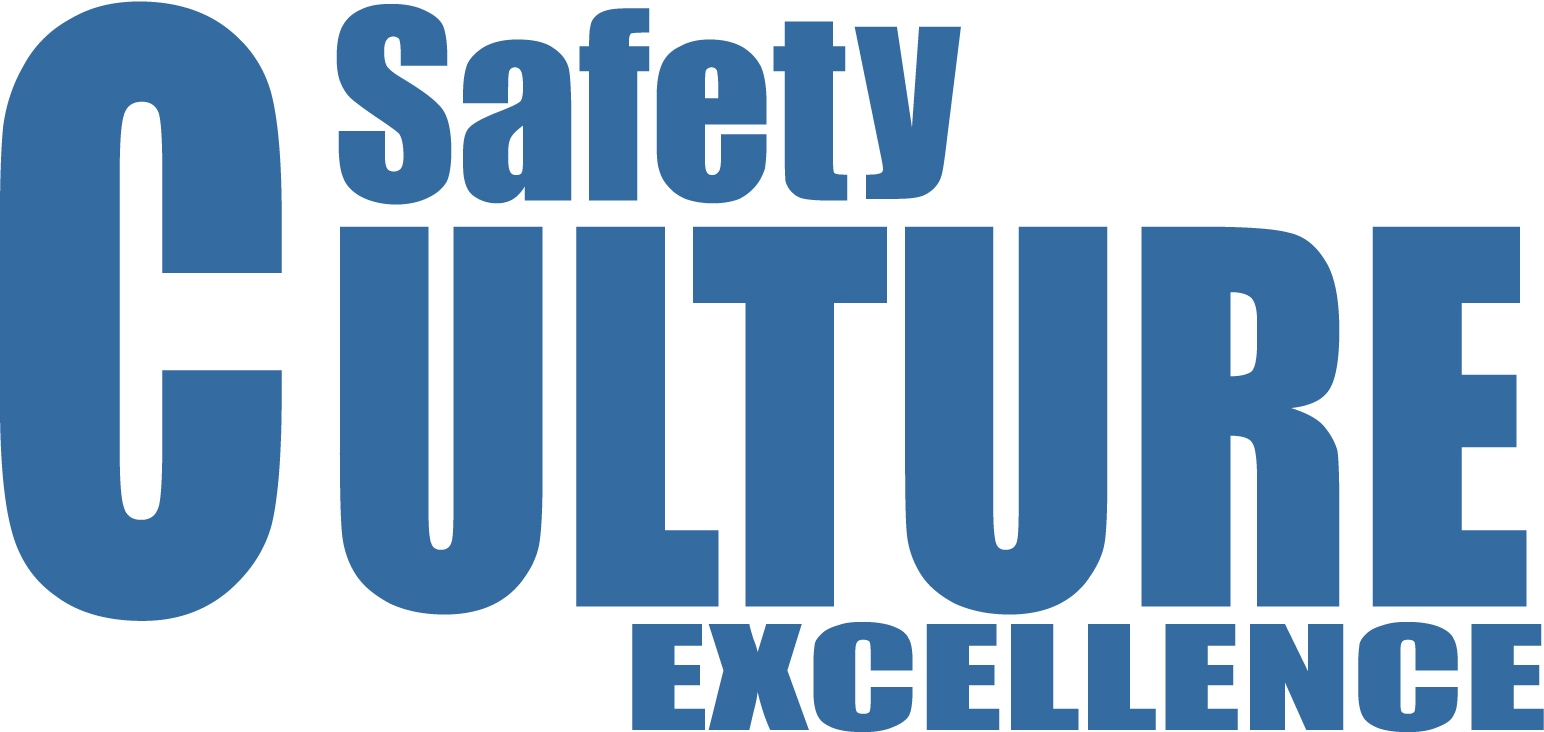
Monday Oct 21, 2013
Safety Culture: So Much Controversy!
Monday Oct 21, 2013
Monday Oct 21, 2013
In my column in OH&S Magazine, an article of mine was
published March, 2013 titled, Stop Trying to Create a Safety Culture. - http://proactsafety.com/articles/stop-trying-to-create-a-safety-culture
It created a lot of buzz, which increased significantly when I posted it recently to the groups I belong to in LinkedIn. There is a word limit in the group comments, so to reply to some great feedback and discussion, I’ve organized my thoughts here.
Do I think we should stop creating safety culture? Yes. Safety Culture, or what we call it at least, already exists, good, bad, or indifferent. You only create the culture when you are first gathering people together from different backgrounds (e.g., experiences, employers, communities) and start aligning them to accomplish something. Only then (when the business opens the doors) are you focusing on the creation of a culture. Even that statement could be disagreed with, in that cultural influences were already imposed on people. Perhaps creation starts in the home? Perhaps culture of safety starts with the responsibility of the parents as their children enter the working world – that could be an interesting discussion!
The business culture is created after people have grown accustom to working together. Could the safety/production/quality/leadership elements be better? Sure, always. If someone thinks otherwise, they are breathing their own exhaust. The only way we advance is to believe there will always be a better way. I have yet to find a company that only and only improvement in “safety culture” would only benefit safety. (Safety culture: Just a term used to provide understanding and structure to, A. Bring focus and B. Provide bookends to manage within.) If there are opportunities for the aspects, characterizes and capabilities that shape safety to be improved, there are always opportunities for these to enhance all aspects of business performance.
What of multiple or subculture? I do believe there will be subcultures within cultures in mid to large size organizations and very disorganized smaller firms. I also believe that that a bit of autonomy is healthy, as long as it contributes to organizational vision and goals. However, I do not agree with the benefit of multiple safety cultures, unless the company-dictated safety culture is ineffective. I’d have to do research, there was a study I read about 5-7 years ago, that said every time you speak to your direct supervisor, your blood pressure increases. Now, how does that create alignment in all aspects of culture if there are medical reactions when an individual speaks with different levels of the business?
What I do think is counterproductive is to completely discount the term and how it is used as commonplace in today’s business. I hear and see people saying that it shouldn’t be used. In my opinion, these people are out of touch with today’s senior executive. Telling them they are wrong, will turn them off to a new way of thinking. Of course it will take new information and experiences to help those who own the overall culture to see the realities of safety culture. But, just nay-saying without a comprehensive alternative is just spreading pointless negativity. For example, there were several in the safety field (whom are Psychologists) that several years back, strongly discouraged and disliked the use of the term habit; It wasn’t scientific enough! Habit is a common term that provides great understanding and helps serve as a vehicle for important messages about safety.
Terry Mathis and I took a well, thought-out risk with our book published earlier this year by WILEY, when using the term Safety Culture in the title. The book is more about company culture and how to strengthen it overall (to improve safety), but we realize that if we want to influence those responsible for it (business execs), we have to provide it in a manner that might appeal to those that are serious about improving safety performance and culture. Keep in mind, it was not a self-published book so the goal was not to become a best-seller for profit. We were honored when it did on Amazon, and the best feedback we received from execs was they saw how it could be used in all aspects of business culture. – Exactly our goal: provide ideas for internally-led improvement.
If we are unwilling to accept new common terms and learn how to work with them to advance thinking, behavior, processes and results we are working against ourselves and the new generations, their habits, points of view and language. Heck, I’m still trying to understand twerking… (Side Note: I wrote this in MS Word as connectivity is limited where I am writing this from, and word didn’t recognize twerking!)
- Shawn M. Galloway
Shawn M. Galloway is the President of ProAct Safety and the coauthor of two
books, his latest published Feb 2013 by Wiley is STEPS to Safety Culture
Excellence. As an internationally recognized safety excellence expert, he has
helped hundreds of organizations within every major industry to achieve and
sustain excellence in performance and culture. He has been listed in this
year’s National Safety Council Top 40 Rising Stars, EHS Today Magazine’s 50
People Who Most Influenced EHS and ISHN Magazine’s POWER 101 – Leaders of the
EHS World and again in the recent, elite list of Up and Coming Thought Leaders.
In addition to the books, Shawn has authored over 300 podcasts, 100 articles
and 80 videos on the subject of safety excellence in culture and performance.

Monday Jul 01, 2013
296 - Stop Trying To Create A Safety Culture
Monday Jul 01, 2013
Monday Jul 01, 2013
Greetings everyone, this podcast recorded while in Bismarck, North Dakota. I’d like to share an article I wrote that was published March 2013 in Occupational Health and Safety Magazine. It was titled, Stop Trying To Create A Safety Culture. The published article can either be found on the magazine’s website or under Insights at www.ProActSafety.com. I hope you enjoy the podcast this week. If you would like to download or play on demand our other podcasts, please visit the ProAct Safety’s podcast website at: http://www.safetycultureexcellence.com. If you would like access to archived podcasts (older than 90 days – dating back to January 2008) please visit www.ProActSafety.com/Store. For more detailed strategies to achieve and sustain excellence in performance and culture, pick up a copy of our book, STEPS to Safety Culture Excellence, available through WILEY (publisher), Amazon or Barnes and Noble. Have a great week! Shawn M. Galloway ProAct Safety, Inc

Monday Apr 29, 2013
Monday Apr 29, 2013
Using incident data to improve safety is nothing new. However, when the goal is attained and your accident data starts to lose its statistical significance, what can be done? Near-miss data can help fill in gaps left by dwindling incident rates, and provide clear information with which to focus. But near-miss data is problematic to gather and often misinterpreted. Learn how to avoid common problems and take an important step toward more proactive safety metrics. Learn to: • Achieve accurate near-miss reporting • Determine the most effective accident prevention strategies • Use your data to its fullest potential • Develop a standard term and definition for a near-miss • Review examples of the best reporting systems and forms in safety • Enhance motivators and reduce demotivators that impact reporting For more information contact ProAct Safety at 936.273.8700 or info (at) ProActSafety.com Shawn M. Galloway ProAct Safety www.ProActSafety.com www.SafetyCultureExcellence.com

Monday Apr 15, 2013
285 - The Transformational Leader - A ProAct Safety Workshop
Monday Apr 15, 2013
Monday Apr 15, 2013
Health, Safety, and Environmental (HSE) professionals face an increasing challenge, one that intensifies with each new hypercompetitive priority. It is little wonder why organizations strive to move safety from a priority to a value. To create these shared values within an organization, they must be reinforced at or near the point of decision. In principle, this always holds true. In practice, accomplishing this grows increasing difficult. Simply stating that safety is a value at an increasing frequency and passion does not make it so. The successful HSE leader of tomorrow cannot simply work towards value creation; they must become a transformational leader. Key Issues Addressed During Workshop • The challenges facing future HSE leaders • Redefining safety excellence • Transformational opportunities for further cultural and performance improvement for organizations already leading in safety efforts • Best practices of top performing organizations in safety and operational excellence • Strategies to self-diagnose for transformational opportunities within your organization that will put you onto the path to safety excellence • Proven elements of the safety culture excellence model and behavior of the best companies to sustain this desirable goal • How to engage employees in safety, solicit discretional effort, and create a workplace culture that is committed to sustaining safety excellence • Updated safety models and approaches that have resulted in millions of annualized savings • A review of the better practices of excellence cultures • A review of the elements of Safety Culture Excellence® For more information contact ProAct Safety at 936.273.8700 or info (at) ProActSafety.com For more detailed strategies to achieve and sustain excellence in performance and culture, pick up a copy of our book, STEPS to Safety Culture Excellence, available through WILEY (publisher), Amazon or Barnes and Noble. Shawn M. Galloway ProAct Safety www.ProActSafety.com

